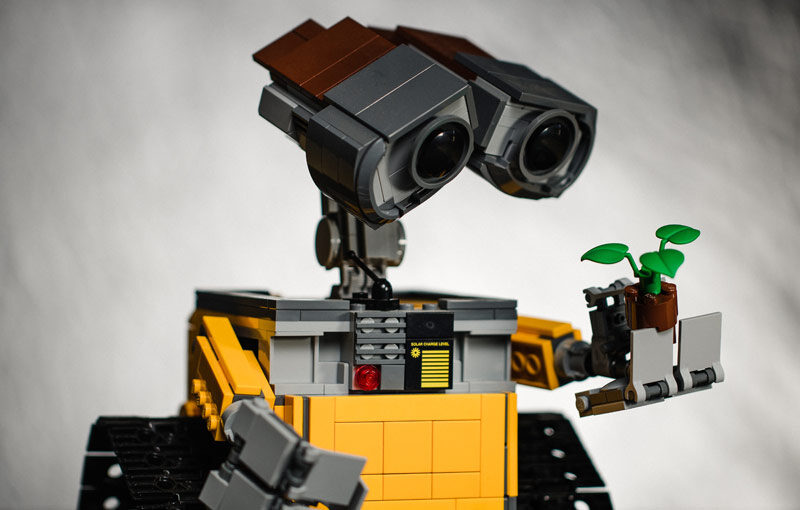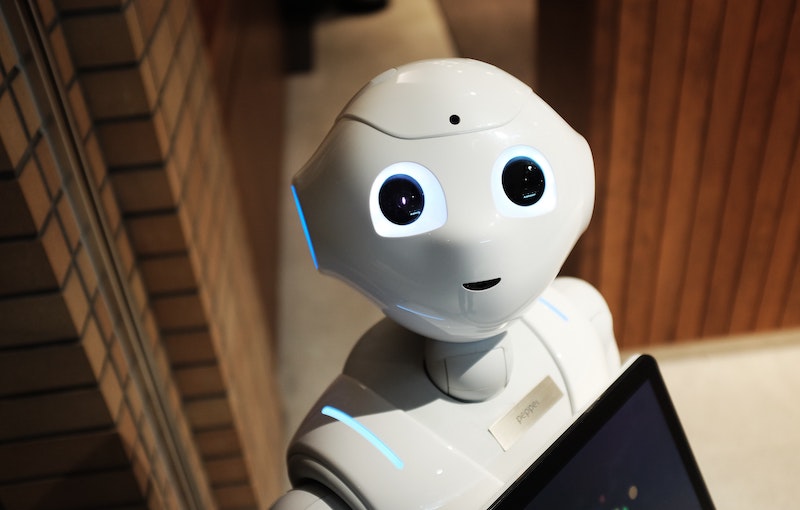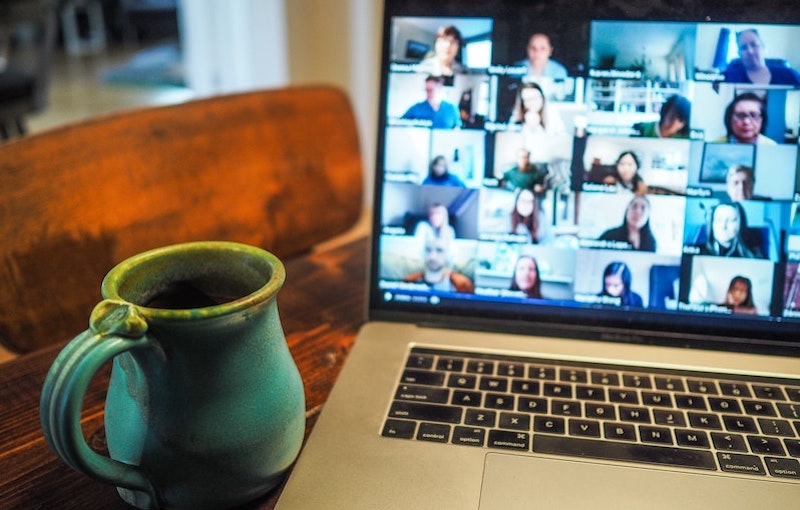Hans Keller, CIO at Erickson Living, joined J.D. Miller to talk about business continuity and what it looks like in a post-pandemic world. Hans is responsible for IT strategy, planning, delivery services, and infrastructure, and his team supports technology services for 19 communities in 11 states.
Hans will be speaking on this same topic at the upcoming Northeast and Financial Services Summit on June 29th. If you’re interested in hearing more from him and other speakers, please register here.
This conversation has been edited and condensed for length and clarity.
J.D. Miller: The conversations I’m having with CIOs and CISOs have evolved because we’ve learned how to work from home. From a CIOs perspective, how business continuity changed since before the pandemic?
Hans Keller: Erickson Living is a 24×7, 365-day operation. Whether we’re providing health care services for our residents, dining services for them, quality of life services for them, the drumbeat constantly goes on and never changes, so we’ve always been operating in that 365 day 24 x seven mentality. So while the vast majority of the world went remote last year, 95% of our staff needed to be in the office every single day providing services to our residents. While we did have some staff who could be remote, there wasn’t a huge change for us.
I always focus on the people when it comes to people, process, technology. So to me, making sure people understand well-being and making sure our staff understand components of self care.
How do we make sure that we take care of ourselves so that we can take care of others? The resilience part to us was less around the services that we provide, and more around making sure that our team could take care of themselves, take care of all their needs, so that they were enabled to take care of our residents.
J.D.: You bring up a great point around fatigue, because I recently read a study from the UK that 50% of tech executives say they’re burned out or are planning on leaving their job because of stress.
What are you encouraging when it comes to relieving stress and getting into the right mindset?
Hans: First and foremost, it’s have conversations. There’s a there’s an equation that I was introduced two years ago, it was NI = MSU, no information equals make stuff up. As people became a little bit more isolated, whether it’s working remote or in the office with their mask on and door closed and keeping social distance, how do we encourage people to have the conversations that they had before?
So we really focused on how we can enable those conversations to happen. How do we continue to work on creating that environment where folks felt included in the conversation, versus somebody getting a JIRA list of tasks that they needed to get done in that particular sprint.
J.D.: Where are you with innovation? Do you feel it accelerating now that we’re heading towards the end of the pandemic? Do you have flexibility to innovate within the organization today or is it still a wait-and-see type of thing?
Hans: Our innovation got turbocharged through COVID-19. We’ve always had great infectious disease protocols, so COVID at some level was another infectious disease to manage through. We turbocharged our innovation in redoing our infectious disease management system and moved it all to the cloud.
It’s all based on graph databases. It’s all the most current set of components from AWS, the visualization, so we can look at whether it’s residents, staff members, or what we call persons under investigation, who may have had close contact with someone. We redeveloped that whole system with constant innovation, both in the capturing of data and the visualization of data.
So our efforts from innovation never really stopped. I would argue that our efforts to innovate got turbocharged because of the narrower focus. That’s one thing that COVID definitely brought us – you don’t have priorities all over the place, you have a very, very narrow set of things that you need to do.
J.D.: Talking about the infectious disease protocol that you guys have had for a while, when you’re talking temperature checks, storing data, HIPAA issues, where does that fall for you and how are you handling that?
Hans: Erickson Senior Living actually has the largest geriatrics practice in the country, so the confines of HIPAA and all of the elements of maintaining PHI/PII have been part of our DNA for years.
Our CISO has phenomenal relationships with our Chief Privacy Officer and our compliance team and as we looked at all of the pieces, it was just a natural extension of the healthcare systems that we already have.
I think the most important role for any CISO is relationships. Our CISO excels at that – she is a master at managing relationships. When you have those really great relationships and the world of information security continues to evolve, now those risk-based issues become conversations. How do we deal with that particular risk rather than just trying to slap yet another technology in place to solve the threat du jour.
J.D.: As we’re heading out of this pandemic, what surprised you the most from a tech leadership standpoint within your organization?
Hans: The key for us is that it really provided an opportunity to look at how we work. We started our agile journey years ago, and we put some of those pieces together. But really, the reflection that we’ve had coming out of COVID is that what we work on is always going to change so let’s really focus on how we work.
Listen to the full conversation between J.D. and Hans on their episode of Executive Insights: Navigating the New Workplace with Innovation.



